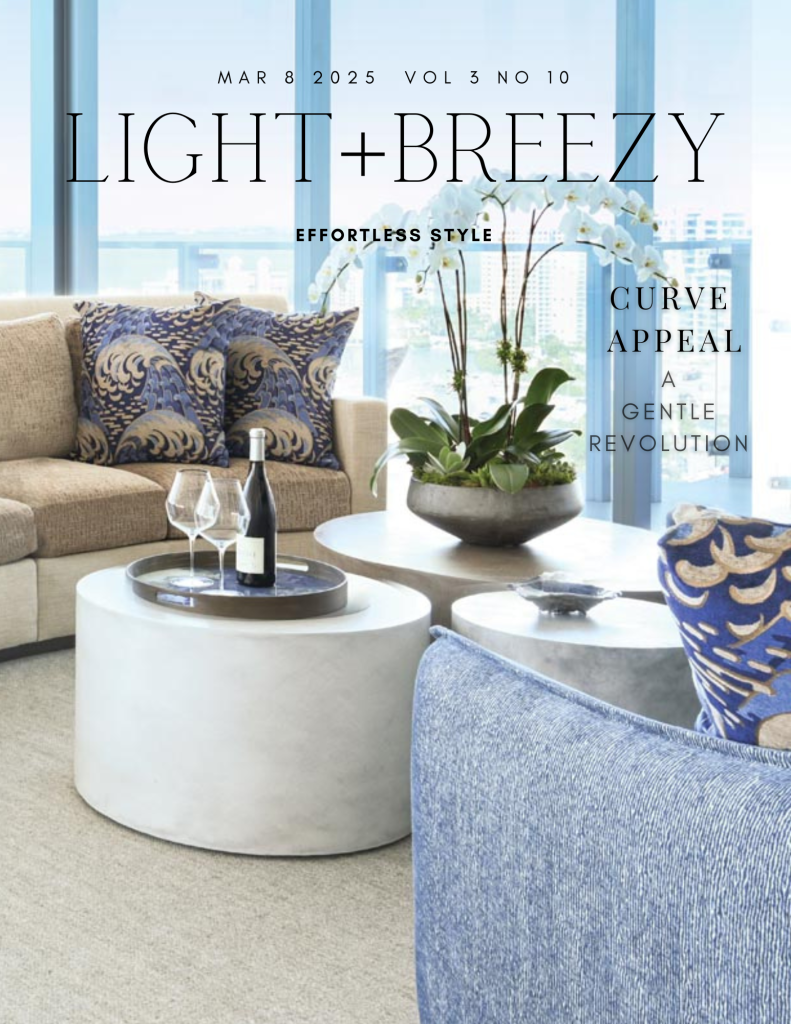
The Gentle Revolution: Why Curved Furniture Is Having More Than A Moment
In a world that has long worshipped at the altar of clean lines and right angles, something softer is taking shape. Curved furniture—with its sensuous silhouettes and gentle contours—isn’t just trending; it’s redefining how we experience our living spaces. More than a fleeting Instagram obsession, this shift toward organic forms speaks to deeper cultural currents running through our collective consciousness.
Beyond the Straight and Narrow
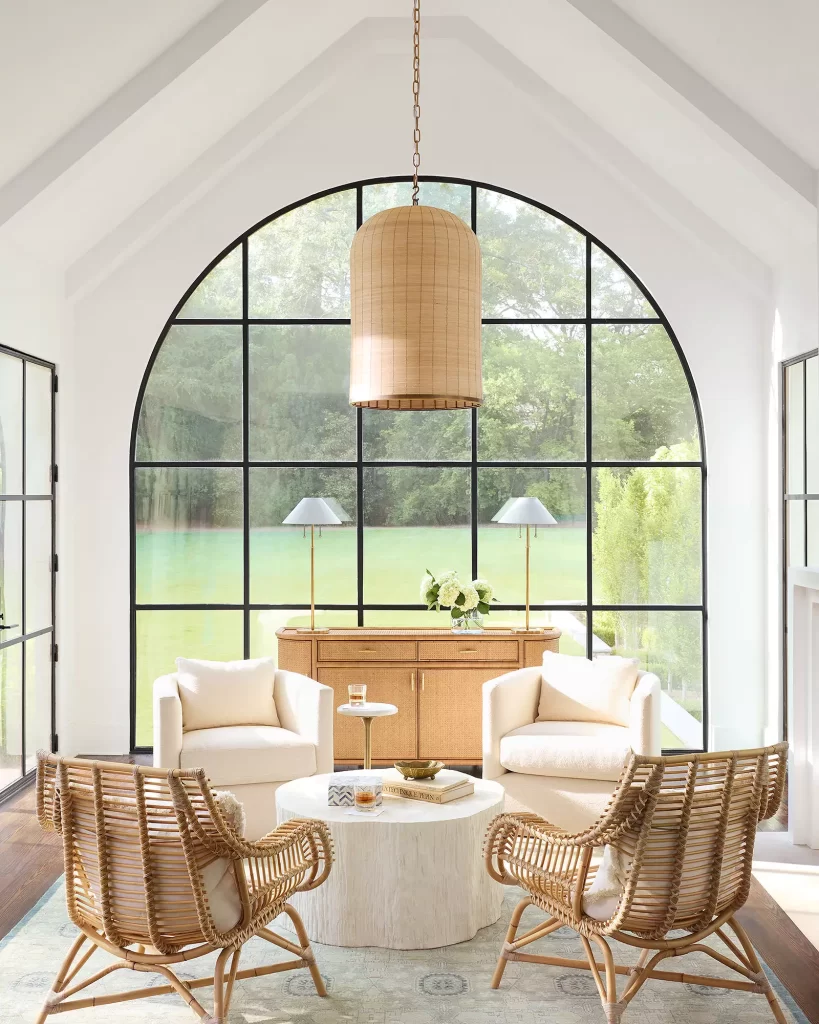
Walk into any design showroom today and the evidence is undeniable. Serpentine sofas wrap around living rooms like warm embraces. Coffee tables with fluid, kidney-shaped tops replace their boxy predecessors. Rounded armchairs invite you to sink in and stay awhile. It’s as if our furniture has finally remembered that humans themselves aren’t built in straight lines, and comfort rarely comes in perfect squares.
Not long ago, people spent two years staring at their walls during lockdowns. They realized they were surrounded by rigidity—from the corners of their rooms to the edges of their furnishings. There’s something psychologically soothing about curves that many of us suddenly craved.
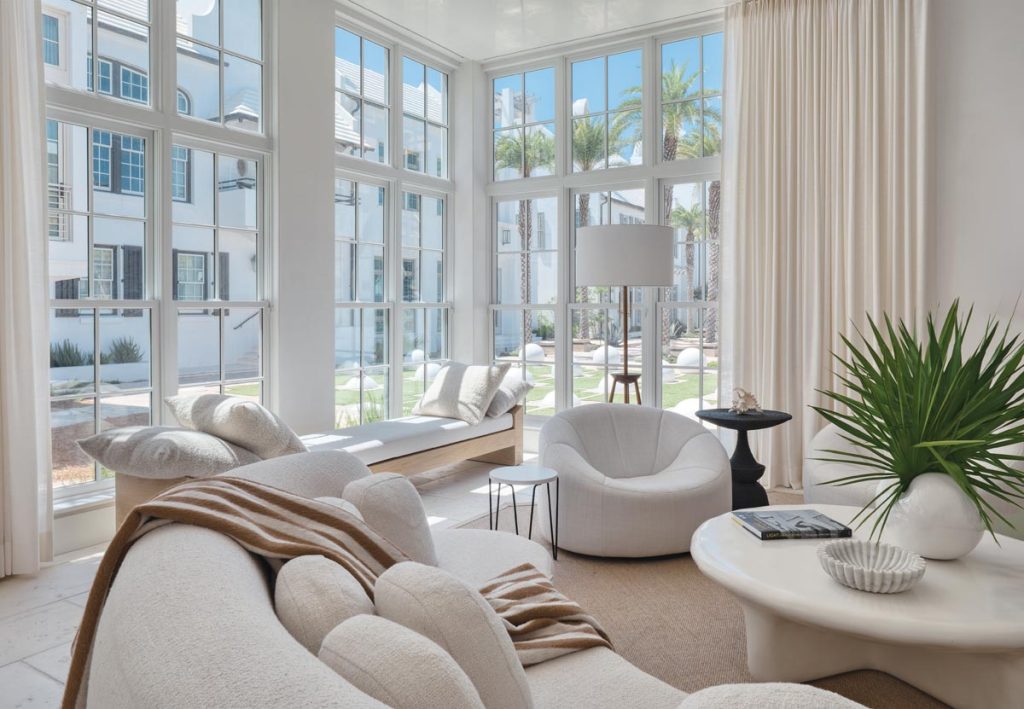
This movement isn’t merely aesthetic rebellion—it’s a recalibration of our relationship with interior spaces. When a rounded sectional replaces a traditional L-shaped couch, the entire energy of a room shifts. Conversations flow more naturally when seating arrangements curve toward one another. The harsh delineations between spaces soften, creating environments that feel less segregated and more intuitive.
The Pendulum Swings
Design, like fashion, operates on a pendulum, and we’re witnessing a dramatic swing. The sterile minimalism that dominated the 2010s—with its boxy IKEA staples and mid-century modern devotion—has reached saturation point. Curved furniture represents the pendulum’s natural countermovement, bringing with it a necessary dose of playfulness and warmth.
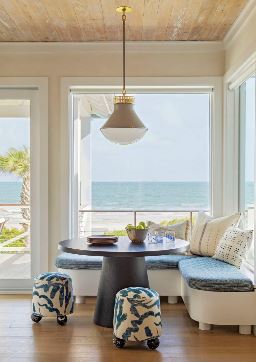
But this isn’t just a reaction against minimalism. It’s equally a sophisticated evolution of the maximalist tendency that followed it. Rather than piling on more stuff, the curved trend adds complexity through form rather than accumulation. A single statement piece with dramatic curves can anchor an entire room while maintaining visual calm.
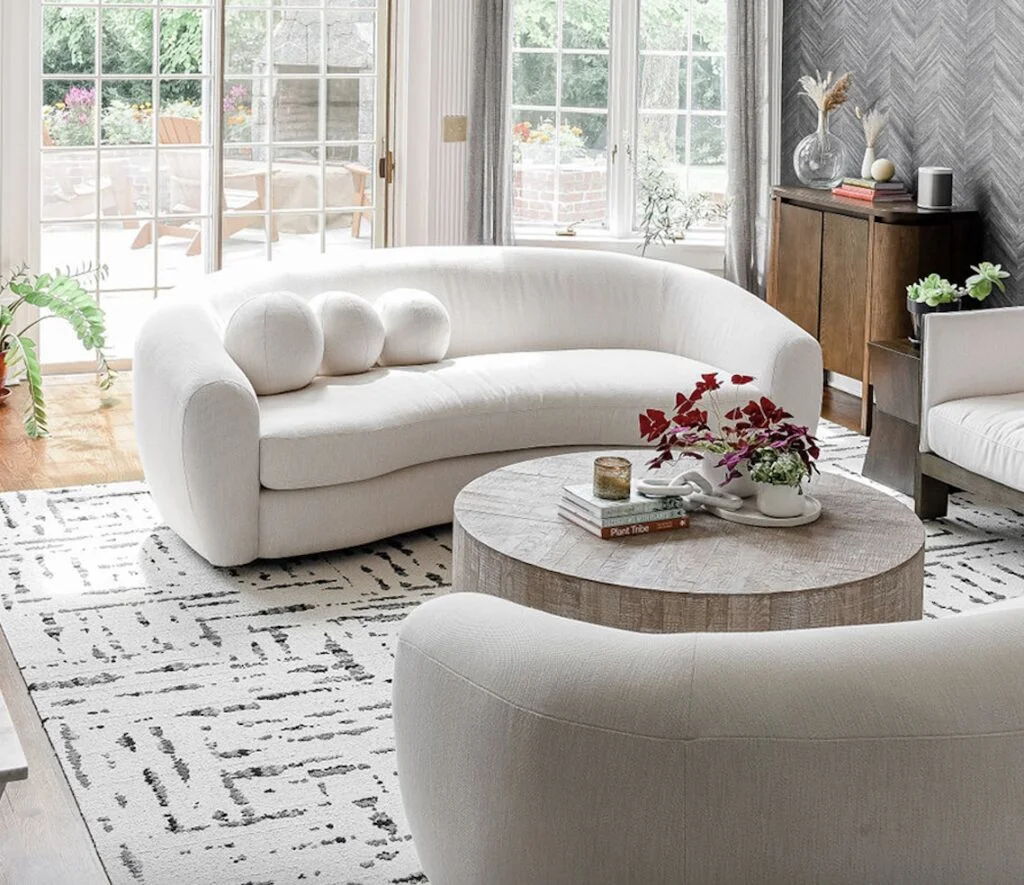
Curved furniture gives you freedom. A curved sofa doesn’t need to hug walls—it can float in a space and create its own architectural moment. That’s incredibly liberating in terms of layout possibilities.
Nostalgia Reimagined
The current curved movement draws undeniable inspiration from the 1960s and ’70s, when designers like Vladimir Kagan and Pierre Paulin first broke free from boxy constraints. But today’s interpretation isn’t simple revival. Contemporary curved pieces incorporate technological advancements in materials and manufacturing that their predecessors couldn’t have imagined.
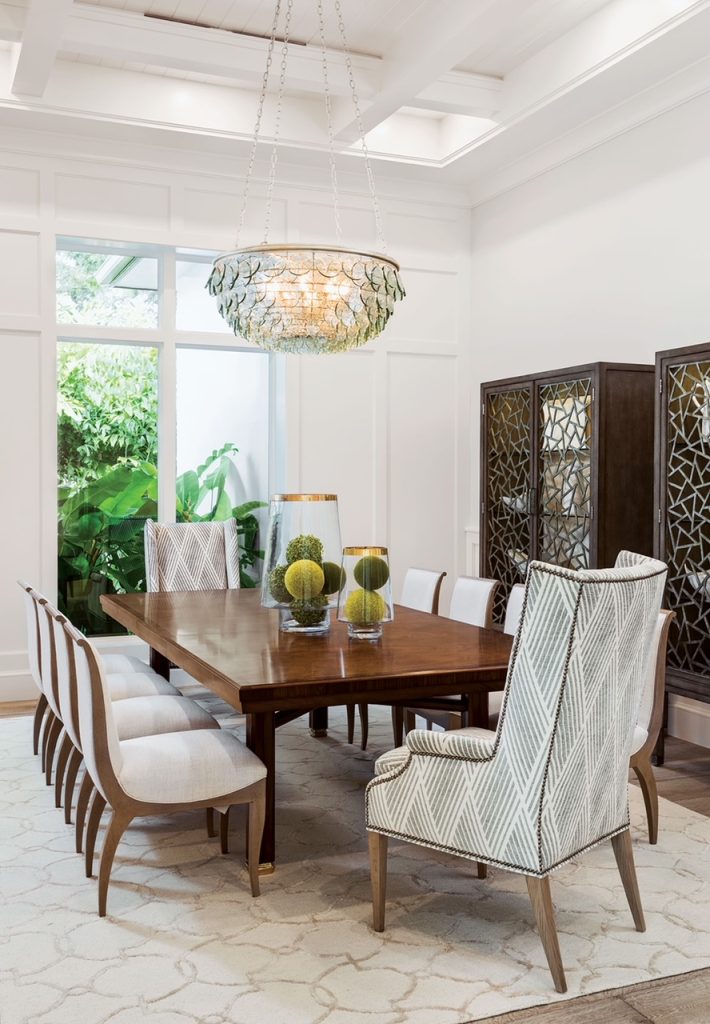
Modern fabrication techniques allow for curves that would have been prohibitively expensive to produce fifty years ago. Computer-aided design and CNC milling (computer numerically controlled) make complex curves more accessible to mainstream manufacturers. What was once available only to the elite design cognoscenti can now be found at West Elm and CB2.
“We’re seeing these beautiful, sinuous forms rendered in performance fabrics that can withstand real life,” notes textile specialist Renee Palmer. “That’s the crucial difference from vintage pieces—today’s curved furniture doesn’t just look good in photographs. It stands up to kids, pets, and everyday living.”
The Biophilic Connection
Our renewed love affair with curves also aligns perfectly with the biophilic design movement—our innate desire to connect with nature in built environments. When was the last time you encountered a perfect right angle on a hiking trail? Nature abhors symmetry and straight lines, preferring the mathematics of spirals, waves, and gentle undulations.
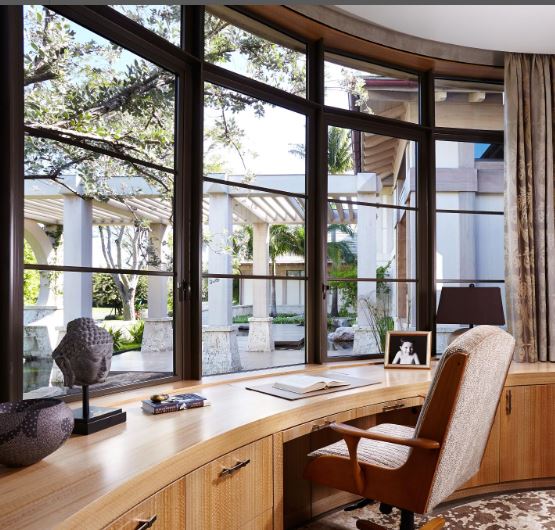
Curved furniture mimics these natural patterns, bringing subtle organic references indoors even without literal elements like plants or natural materials. There’s evolutionary psychology at play here too—jagged angles and sharp corners trigger subconscious vigilance responses, while curves signal safety and allow us to relax more fully.
Practical Magic
Beyond aesthetics and psychology, curved furniture offers practical advantages in challenging spaces. A rounded corner on a cabinet means fewer bruised hips in narrow hallways. Circular dining tables maximize seating in small apartments. Curved sectionals can delineate areas in open floor plans without creating visual barriers.
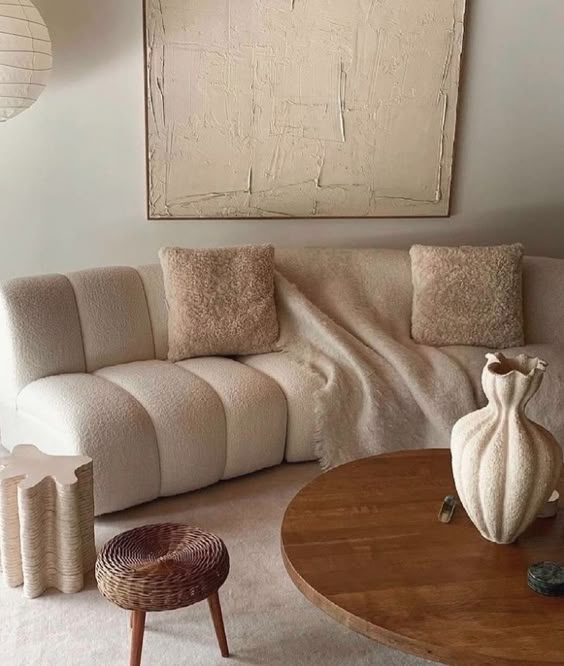
“My clients with smaller spaces are often the ones most drawn to curved pieces,” reveals space planner Daniel Moreno. “It seems counterintuitive because people assume curves waste space, but the opposite is often true. A rounded sofa can actually hug a corner more efficiently than a square one with dead space behind it.”
The Future Is Not Straight
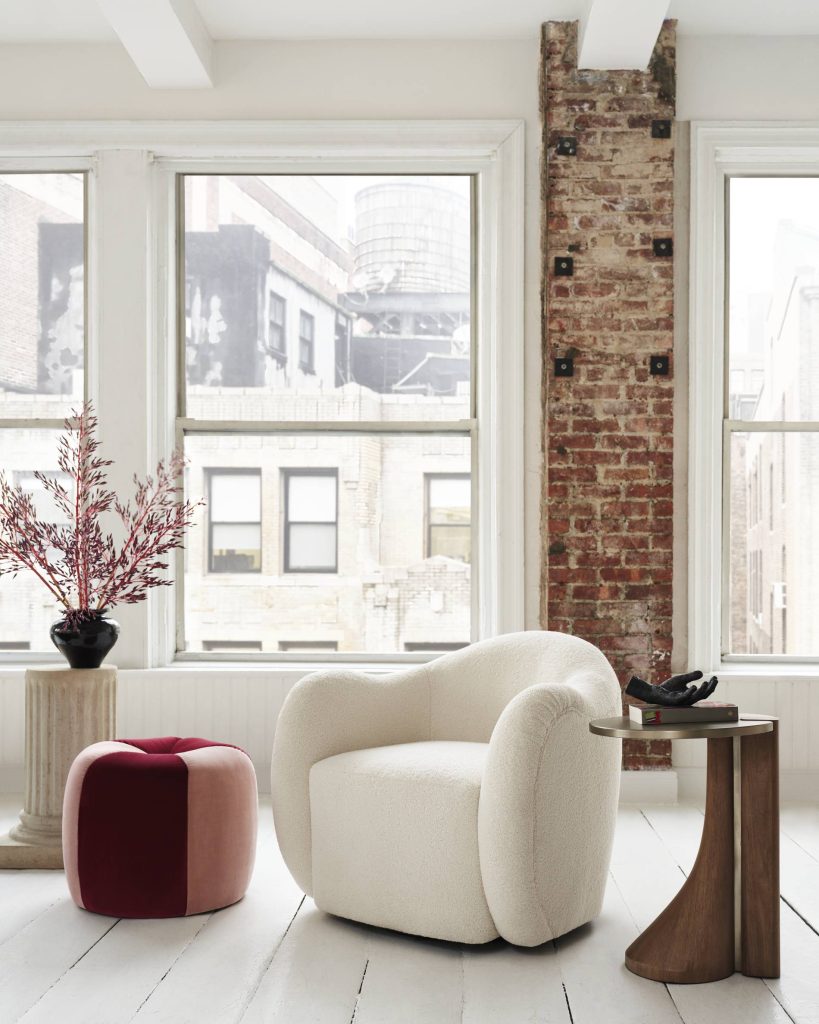
As with any strong design movement, the curved trend will eventually mellow into something more balanced. We’re already seeing hybrid approaches—interiors that thoughtfully mix geometric and organic forms rather than committing wholly to one aesthetic camp.
But the underlying shift toward more humanistic, comfort-focused interiors is likely to persist long after specific curved pieces have cycled through trend reports. We’ve collectively rediscovered that our homes should feel as fluid and adaptive as we are.
The next time you find yourself inexplicably drawn to that cloud-like sofa or moon-shaped ottoman, remember: you’re not just following a trend. You’re participating in a gentle revolution that’s redefining our relationship with the spaces we inhabit—one beautiful curve at a time.
